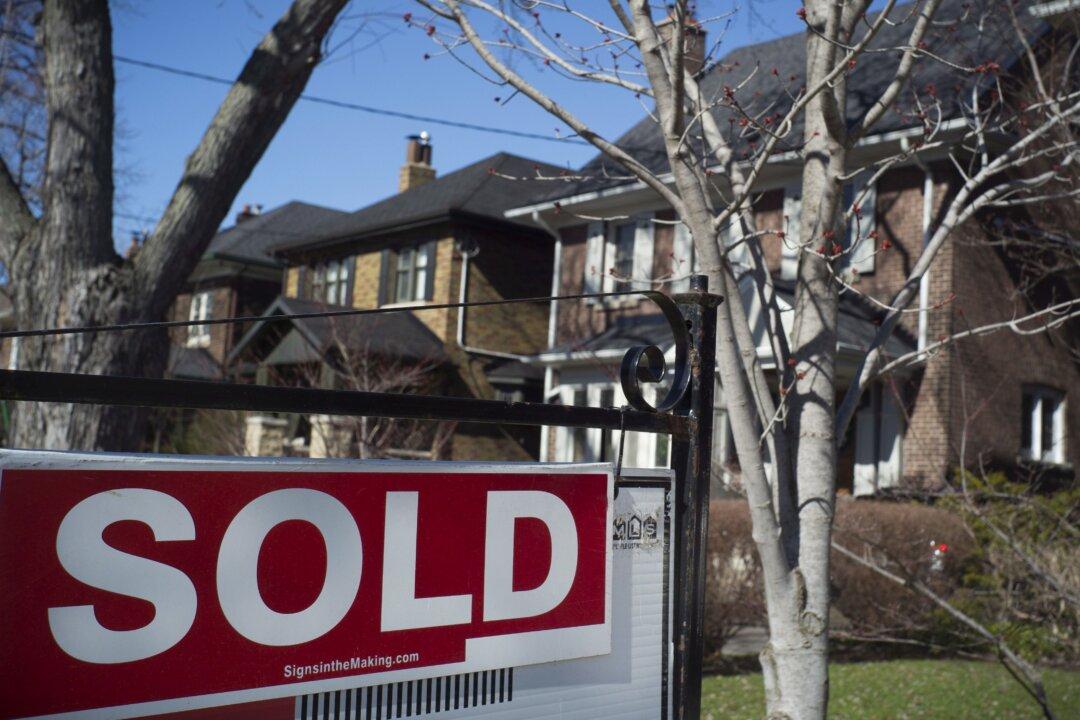Canadians are spending record amounts on housing, putting themselves at much higher risk than before should home prices collapse or interest rates rise.
Canada’s seasonally adjusted annual rate of residential investment, which includes home construction, significant renovations, and ownership transfer costs, hit $249.3 billion in the second quarter of 2021, with $67.9 billion spent during the quarter itself, according to Better Dwelling. Both amounts were new records and represented more than 10 percent of gross domestic product.





